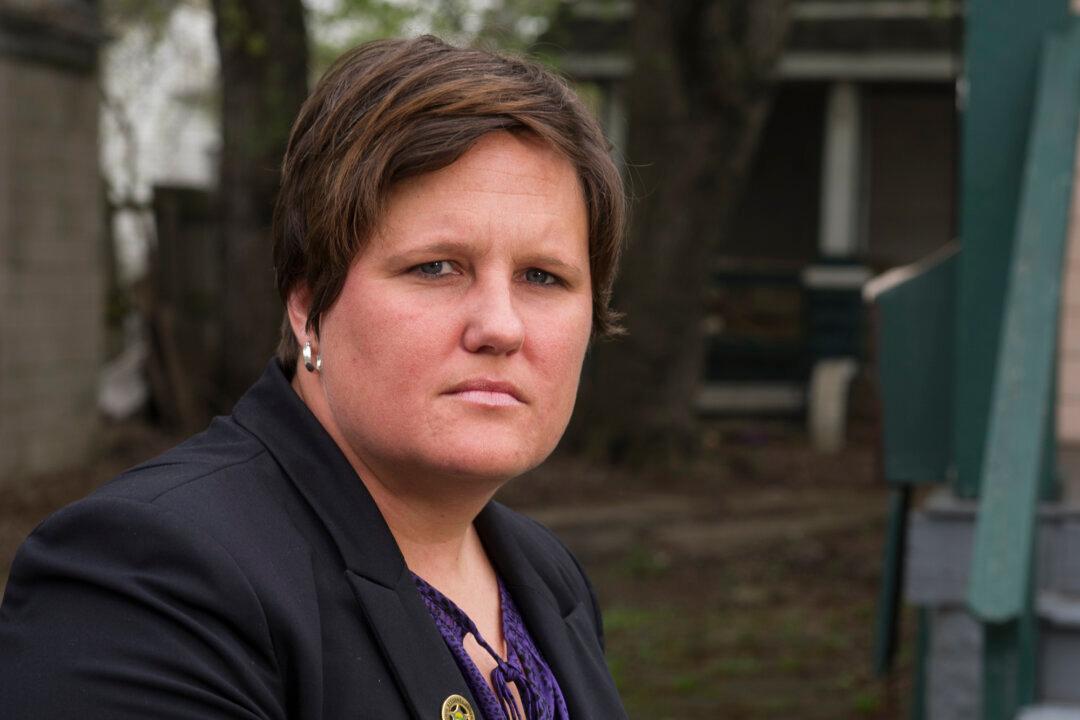CLEVELAND—When Stacey Fifer arrived at the prison one day last September, she was carrying four old photos of women, strangers to one another but bound by terrifying memories of the same man.
The criminal investigator had strong suspicions Dwayne Wilson was that man. A letter from the state crime lab had linked Wilson’s DNA to a sexual crime spree—including three rapes for which he'd never been charged and a fourth case that had been dropped, all in 34 months beginning in 1994.
He was now in the Grafton Correctional Institution on an unrelated sexual battery, but Fifer knew he was due to be released in 23 days.
Another deadline also loomed. DNA had linked Wilson to a November 1994 rape. Time was running out to charge him under Ohio’s 20-year statute of limitations.
Fifer, part of a special Cuyahoga County task force, told Wilson his name had surfaced in some cold cases. One by one, she displayed driver’s license photos of the four women taken around the time each was raped.
When asked, Wilson, 54, mumbled that he didn’t recognize the women and doubted he'd had sex with them.
As Fifer prepared to leave, she told Wilson she'd see him again.
The next time, it was in a courtroom.
Processing Kits
Every Tuesday morning, a group of law enforcement officers revisits an ugly past.






